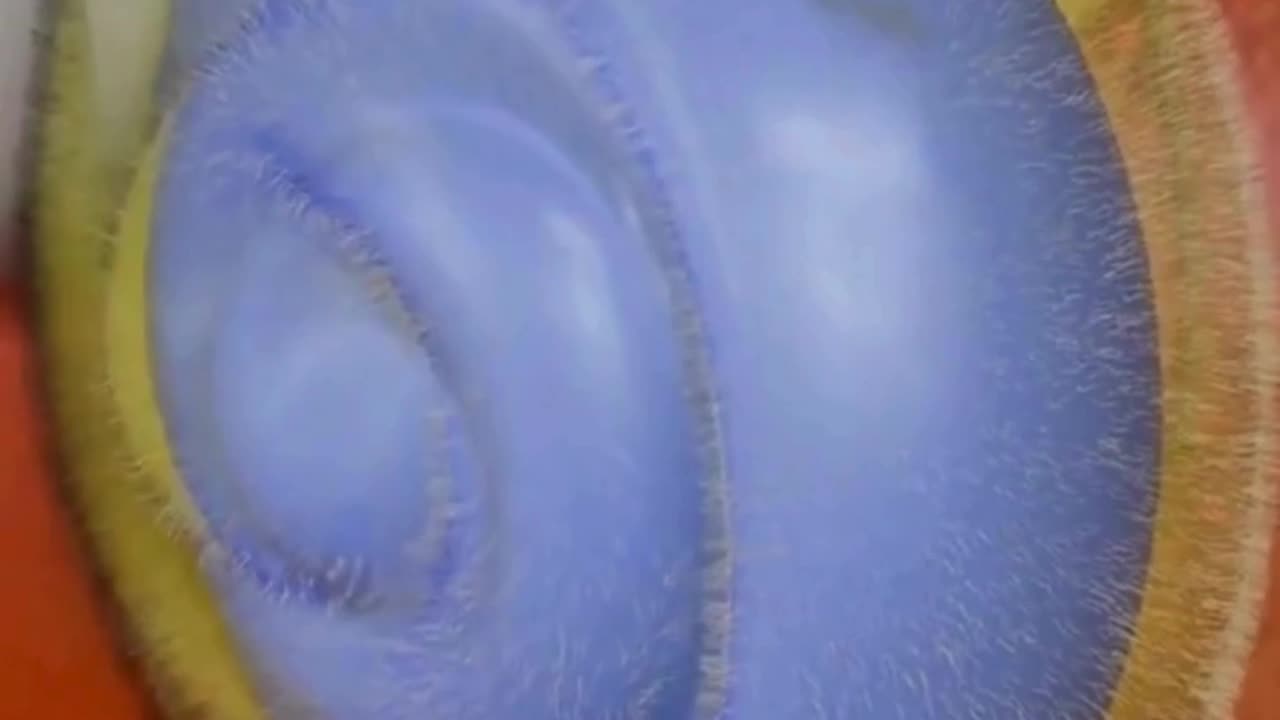Premium Only Content

Ears in Action: The Science Behind Our Sensory Superpower
Here's a more detailed breakdown:
1. **Sound waves enter the ear**: Sound waves travel through the air and enter the ear canal.
2. **Tympanic membrane (eardrum)**: When sound waves hit the eardrum, it vibrates. The eardrum separates the outer ear from the middle ear.
3. **Ossicles**: The vibrations from the eardrum are transmitted to three tiny bones in the middle ear called ossicles: the malleus (hammer), incus (anvil), and stapes (stirrup). These bones amplify the vibrations and transmit them further into the inner ear.
4. **Cochlea**: The cochlea is a snail-shaped, fluid-filled organ in the inner ear. It contains thousands of microscopic hair cells, or cilia, which are sensory receptors.
5. **Fluid movement**: The vibrations from the ossicles cause the fluid inside the cochlea to move. This movement causes the hair cells to bend.
6. **Hair cells convert motion into electrical signals**: When the hair cells bend, they convert the mechanical motion of the fluid into electrical signals.
7. **Auditory nerve**: The electrical signals are then transmitted through the auditory nerve to the brain.
8. **Brain interpretation**: In the brain, the electrical signals are interpreted and processed, allowing us to perceive and understand the sound.
This process is essential for hearing and enables us to perceive the wide range of sounds in our environment.
-
 LIVE
LIVE
Rallied
10 hours ago $9.38 earnedSolo Challenges ALL DAY
14,981 watching -
 1:39:43
1:39:43
Brandon Gentile
2 days agoTOP Money Expert: Bitcoin Will Keep Setting All-Time Highs Beyond $10m
98 -
 2:02:28
2:02:28
Badlands Media
1 day agoDevolution Power Hour Ep. 385
46.1K23 -
 1:56:48
1:56:48
Tundra Tactical
3 hours ago $5.05 earnedFull Semi-Auto Comedy Hour
20.4K2 -
 2:07:31
2:07:31
The Connect: With Johnny Mitchell
12 hours ago $1.99 earnedSecrets Of The Cocaine Cowboys: Miami Drug Lord Reveals Truth About His BILLION-DOLLAR Coke Empire
16.7K1 -
 1:55:52
1:55:52
BlackDiamondGunsandGear
1 day agoGlocks Want Gun Control? // Trump Tramples on your Rights? // After Hours Armory
19.6K2 -
 1:55:52
1:55:52
DLDAfterDark
8 hours ago $0.91 earnedDLD Live! Trump - Flag Burning - Glock & Gun Control - Martial Law Light?? - After Hours Armory
12.7K -
 13:46:18
13:46:18
GritsGG
14 hours agoRumble Customs! 3515 Ws! 🫡!
84.8K -
 5:59:47
5:59:47
SpartakusLIVE
9 hours agoThe HUGEST Brain (not forehead) delivers Saturday SPARTOONS || Variety Later - Shadow of Mordor
186K4 -
 2:34:20
2:34:20
Barry Cunningham
10 hours agoPRESIDENT TRUMP WELCOMES FOOTBALL SEASON! AND MORE BREAKING NEWS!
80.4K51